The Construction Project Delivery Methods are the key players in determining the success of construction projects.
Not just predefined methods, they are a set of strategies and a range of approaches to execute and maintain construction projects.
From conventional approaches to the most recent strategies, choosing the appropriate delivery method is essential for meeting project objectives on time and within budget constraints.
In this article, we will explore the basics of construction project delivery methods, various approaches with their pros and cons, and features to consider while selecting the best-suited delivery method for your projects.
In this blog, you will learn about,
What are the Construction Project Delivery Methods
Best Construction Project Delivery Methods
Design-Bid-Build
Design-Bid
Construction Manager at Risk (CMR)
Integrated Project Delivery (IPD)
Public Private Partnerships (PP3 or PPP)
Job Order Contracting (JOC)
What are the Construction Project Delivery Methods?
A project delivery method is a procedure involving the strategies, processes, and approaches from the initial design phase to the final project execution.
Construction project delivery methods are vital in establishing project outcomes, such as cost, time, and quality, since they specify how tasks are allocated, risks are managed, and decisions are made throughout the project lifecycle.
These methods regulate the sequencing of project phases, procurement procedures, and various project-related agreements by determining how the projects are planned, designed, and executed.
By adopting these methods, project managers maximize productivity, reduce risks, and produce effective project outcomes by comprehending the particulars of various approaches and choosing the best strategy for projects.
Best Construction Project Delivery Methods
Exploring different project delivery techniques involves various approaches, each with unique benefits and drawbacks.
Let’s explore the best 6 project delivery methods for construction.
Design-Bid-Build (DBB) – Traditional Approach
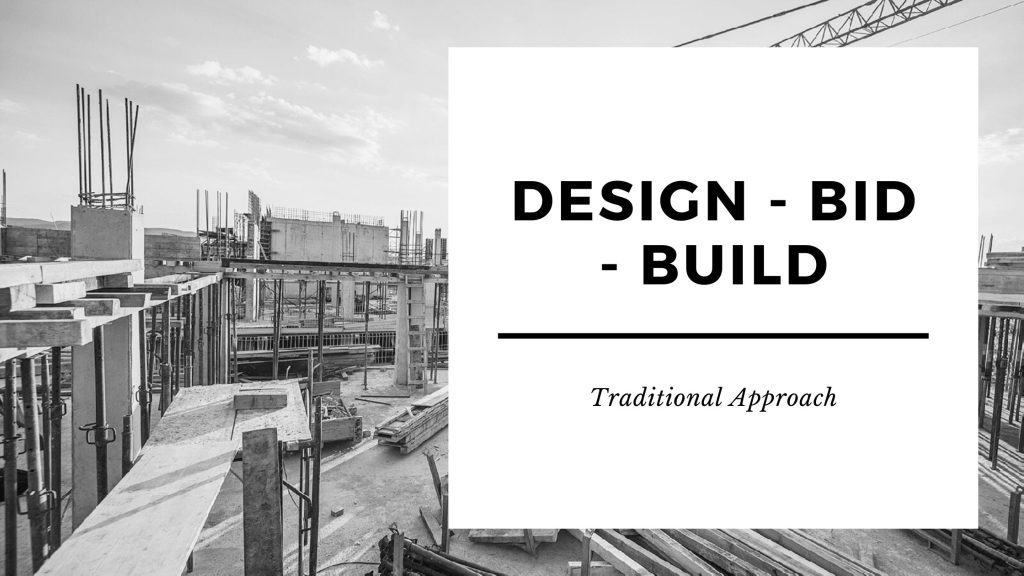
The Design-Bid-Build method is divided into three different phases.
In the first phase, the project owner hires an architect or engineer to prepare the project’s design. This design includes all the necessary documentation to help in building the project.
The second phase is bidding. The owner conducts bidding and selects the best contractor by considering the reviews provided by the architect. During this phase, contractors may be required to get clarification about the plan, in such cases the architect will support them accordingly.
After finalizing the bid, the Build phase starts. This is the execution phase where the contractor’s team is involved in the actual construction.
Benefits
- Due to competitive bidding, the owner will save a lot in terms of budget
- A clear and concise responsibility allocation to the designer and contractor
- Project owners will have sufficient time to make changes in the design, which also helps achieve the desired results without requiring rework during the build phase
Drawbacks
- No direct collaboration between design and construction teams, which may lead to conflicts and issues
- Possibilities of expanding on the project’s duration because it needs to go in phases
Design-Build (DB)
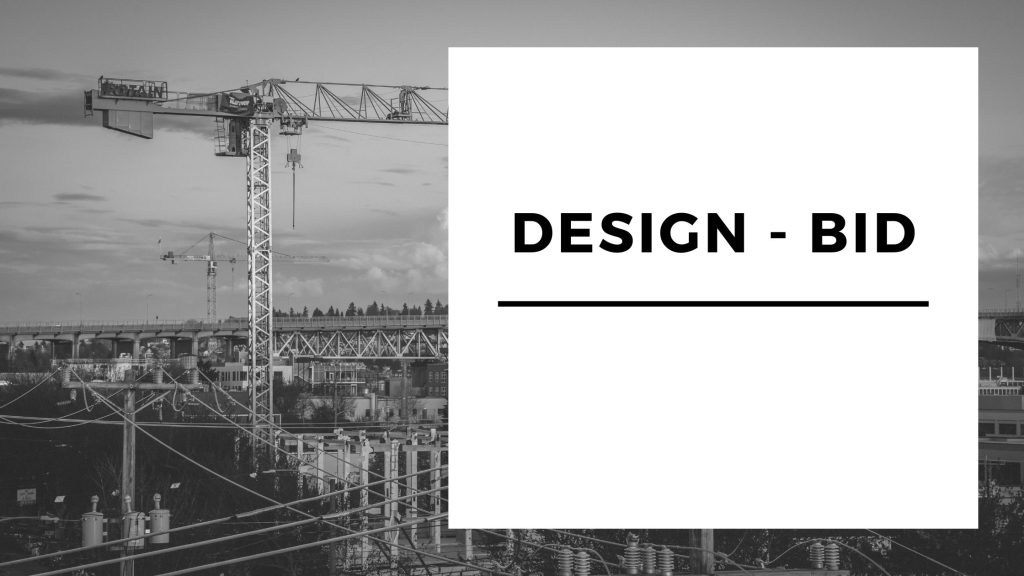
The Design-Build approach is one of the most used construction project delivery methods in recent years. Unlike the DBB method, DB bridges the gap between contractors and designers for successful project completion.
Project owners hire a firm that does both design and construction. This provides an efficient collaboration between the two teams. The firm will take complete responsibility for the project for the entire lifecycle. Sometimes, contractors will select the designer as per the project’s needs.
Benefits
- Faster completion of projects, as both the designers and contractors work together for effective goals
- Great opportunity for innovation and value engineering, as the designers and builders work together creating a synergy to select advanced technologies, enhance collaboration, and minimize material & manpower wastage
- Since there is only one contract, owners benefit from streamlined communication and fewer financial obligations
Drawbacks
- Chances for conflicts of interest between the Design-Build team and the owner. Due to this, there may be re-works in the project
- The project owner’s involvement is less, allowing contractors to make most of the important decisions
Enginero provides a solution to get rid of the paperwork, offering a streamlined approach
to daily reporting with a variety of report types.
Construction Manager at Risk (CMAR)
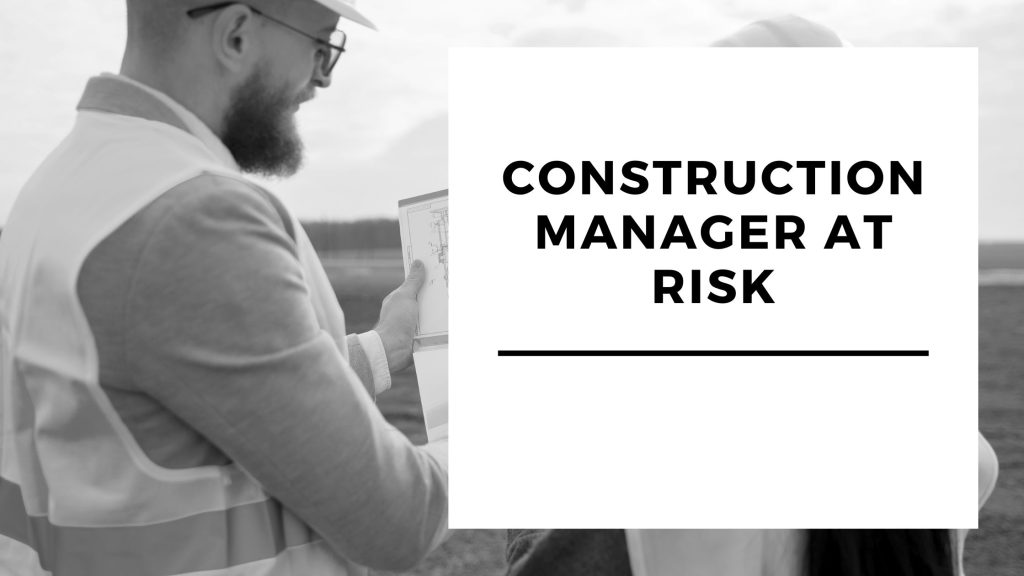
In CMAR, one of the Construction Project Delivery Methods, the project owner hires a construction manager (CM) to ensure efficient and effective construction management. In this approach, the construction manager acts as a representative of the owner for the complete construction activities.
The construction manager gets involved in the project during the design phase. One of the key features of the CMAR method is that the CM assumes a risk and provides a guaranteed maximum price (GMP) for the overall project.
A GMP from the construction manager reassures the owner that the construction manager will finish the project for the amount stated in the GMP within the deadline and that any extra expenses will be covered only by the construction manager.
Benefits
- Project owners have direct collaboration with the design team
- Construction managers are involved during the design phase and provide more insights on cost-saving, and enhancing the project’s value
- The construction manager provides cost and time estimation which helps owners to stay within the budget and avoid excess expenditure
Drawbacks
- Chances of conflicts of interest between the owner and the construction manager; disagreements with the owner’s designer and the manager, result in increased costs and potential delays
- The construction manager must proactively instruct and guide the subcontractors, as any failure in the project operations leads to financial losses and delays for which the construction manager is responsible
- The owner’s involvement is less and should rely on the construction manager
Integrated Project Delivery (IPD)
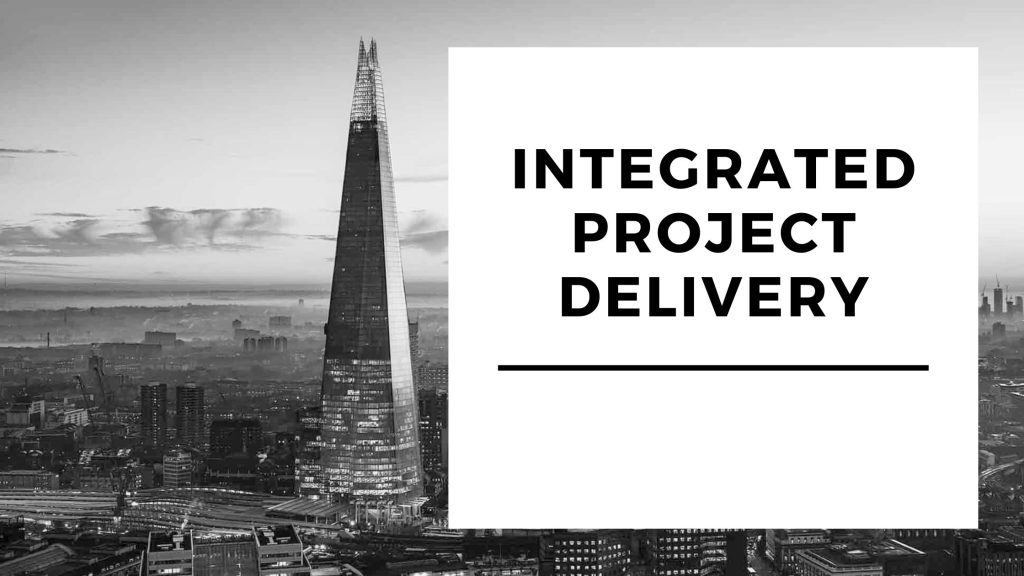
In the Integrated Project Delivery approach, all the project stakeholders work collaboratively for successful project completion.
This approach mainly focuses on sharing construction project-related responsibilities, liabilities, risks, and rewards with the stakeholders and works well with lean management.
Generally, project owners offer incentives to various project teams to enhance the project’s success and promote goal alignment
Benefits
- Shared risk and reward create enhanced collaboration and focus on the project activities
- Risks and responsibilities are shared equally among the project stakeholders
- Promotes faster project delivery and reduced total cost
Drawbacks
- Not a popular approach, stakeholders may face difficulty in shifting from conventional delivery methods
- As the number of teams increases, the process gets challenging
- Owners must perform a detailed groundwork in selecting project teams, slack from one team may cause severe consequences
Public-Private Partnerships (PP3 or PPP)
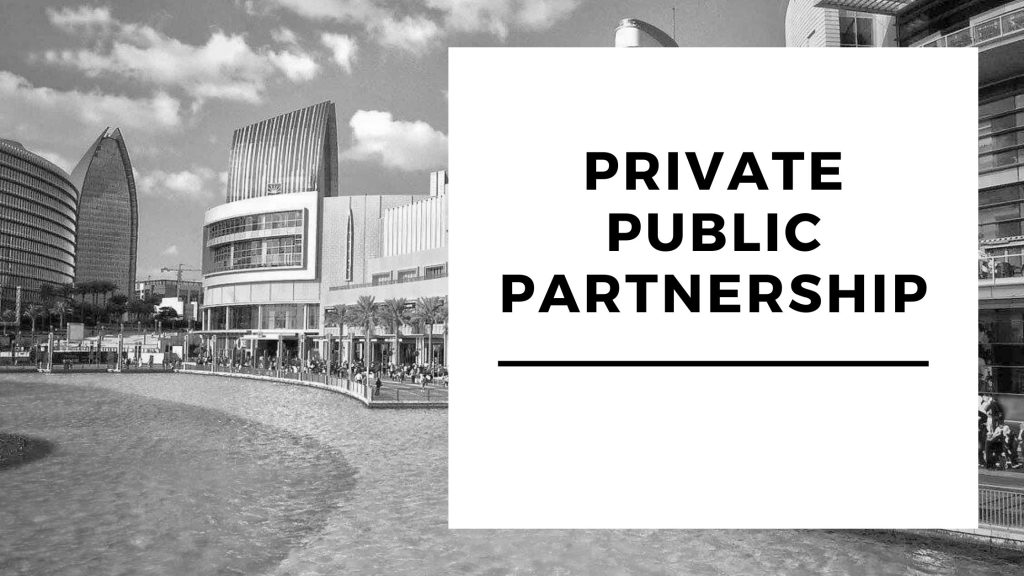
The Public-Private Partnership is one of the Construction Project Delivery Methods that works with the collaborative contract between public entities and private construction firms.
In this approach, the owner is a public entity (usually govt. organization), and the private contractor is the same as with other delivery methods.
In a PPP, the private sector partner often assumes a sizable portion of the project’s obligations and risks in exchange for financial benefits like user fees or availability.
Benefits
- Improved efficiency and faster delivery as there is a direct involvement of private contractors
- Contractors benefit by transferring project risks, like financial and operational to public entities
- Due to the involvement of public entities, there is less risk of payment delay to the contractors
Drawbacks
- The PPP procurement procedure is slow and takes time to get many stages of approval from public entities
- Public entities generally give less completion time, so there may be a chance of compromising quality by the contractors
Job Order Contracting (JOC)

One distinct Construction Project Delivery Method that utilizes an indefinite-delivery, indefinite-quantity (IDIQ) method is Job Order Contracting.
A single long-term agreement will cover the completion of several projects under a JOC, in contrast to standard single-project contracts.
This concept streamlines the bidding process and works well for owners to have a consistent flow of construction projects throughout the year.
Repetitive bidding is not necessary because contractors are chosen only once at the beginning of the contract.
Repair, renovation, maintenance, and small-scale construction are all expertly handled by JOC, which is frequently included in the integrated project delivery category.
The labor, materials, and equipment cost is included in a unit price book, which serves as the basis for pricing each project. Even though JOC provides cost savings and enhanced schedule performance, if pricing variations are not closely monitored, they may result in unanticipated expenses.
Benefits
- Time and cost savings due to single-time bidding in Job Order Contracting as it reduces the administrative expenses associated with the procurement process
- Enhanced completion of projects, as there will be high chances of effective idea-sharing between the owner and the contractor
- JOC allows for flexible project delivery, as job orders can be issued quickly in response to changing needs or emergencies without the delay of traditional procurement processes
Drawbacks
- This approach is limited to small projects and not suitable for large ones.
- There should be a proper agreement between the owner and the contractor, else may cause problems due to changing needs, priorities, and more.
- It is not suitable for new construction projects.
How to Select the Best Construction Project Delivery Methods?
Selecting the best construction delivery method is a crucial process involving various key factors.
With distinct pros and cons for each delivery method, choosing an appropriate method becomes a critical task. Let’s explore the factors that influence selecting the best delivery method.
Budget:
The project owners must fix a particular budget for the whole project. The budget should include factors like initial costs, contingency expenses, overhead charges, overruns, etc.
Owners need to evaluate all delivery methods by noting down all the possible costs they may incur during execution.
This analysis must be done accurately as the budget helps in determining the project’s design and predicting potential risks.
Design:
Before starting a project, there will be an overview of the construction project in mind. This must be converted into a proper engineering design.
Owners must select an appropriate design firm or a designer that converts their ideas into insights and must fit within their budget.
Also, should ensure that the designs you get from the designers are feasible in today’s world and should be acceptable by the contractors.
Risks:
In construction projects, numerous risks may emerge, including scheduling errors, material allocation issues, labor shortages, budget discrepancies, and more.
Analyzing these risks upfront is crucial in selecting the appropriate delivery method. Responsibilities must be allocated to the respective teams, whether to the owner, designer, or contractor, to address these risks effectively.
By sharing the risks in advance, corrective measures can be implemented efficiently, minimizing potential setbacks and obligations.
Scheduling:
Start and completion dates are crucial in construction project delivery methods. A proper schedule must be prepared before selecting a delivery method.
The schedule must be specific about the various phases of the project, like the duration and exact start and end dates of phases such as planning between the team, design, building, and other sub-phases.
Once a detailed schedule is prepared, it must be communicated with contractors during the selection process so that you can select the contractors as per their availability. If not, then obtain a schedule from the contractor itself using which you can determine the completion date.
Owner’s Expertise and Involvement:
The owner’s expertise and involvement in construction activities play a crucial role. Most of the time, owners will cause delays in the project. With a deep understanding of project requirements, experienced owners can assess risks, manage budgets, and ensure timely completion.
Furthermore, with expertise in risk management, they can recognize possible project hazards and choose a course of action that fits their risk tolerance.
However, some owners do not want to be involved in any of the project-related activities. So, it also has to be ensured whether there is an owner’s involvement or not before selecting a delivery method.
Conclusion
Construction Project Delivery methods play an important role in shaping the orientation and success of construction projects. Every approach presents a different combination of benefits and difficulties, so choosing the right one is an important task.
Stakeholders can confidently traverse this decision-making process by carefully evaluating project needs, risks, budget, and schedule.
Furthermore, the owner’s knowledge and active participation are crucial in promoting well-informed choices and guaranteeing the smooth application of the selected strategy.
By taking into account all pertinent variables, including different project delivery methods, stakeholders facilitate more efficient project execution and advance in the construction industry.
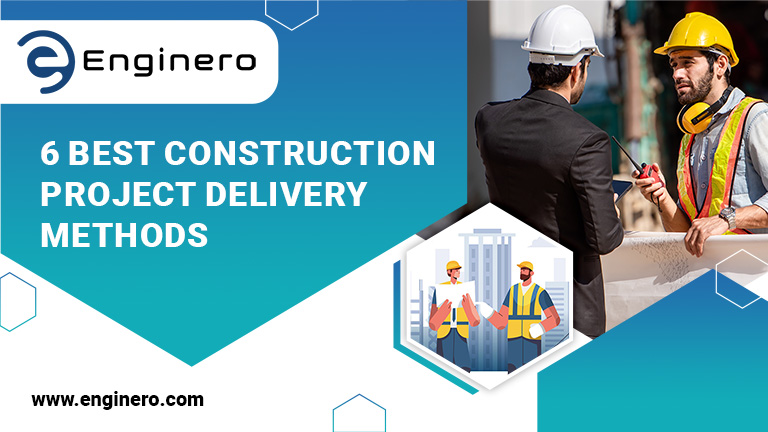

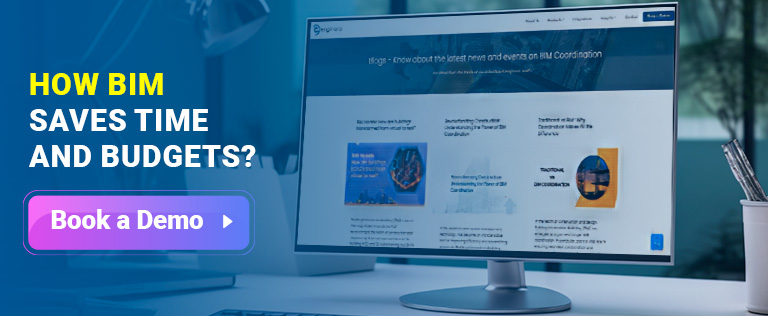

Leave a Reply